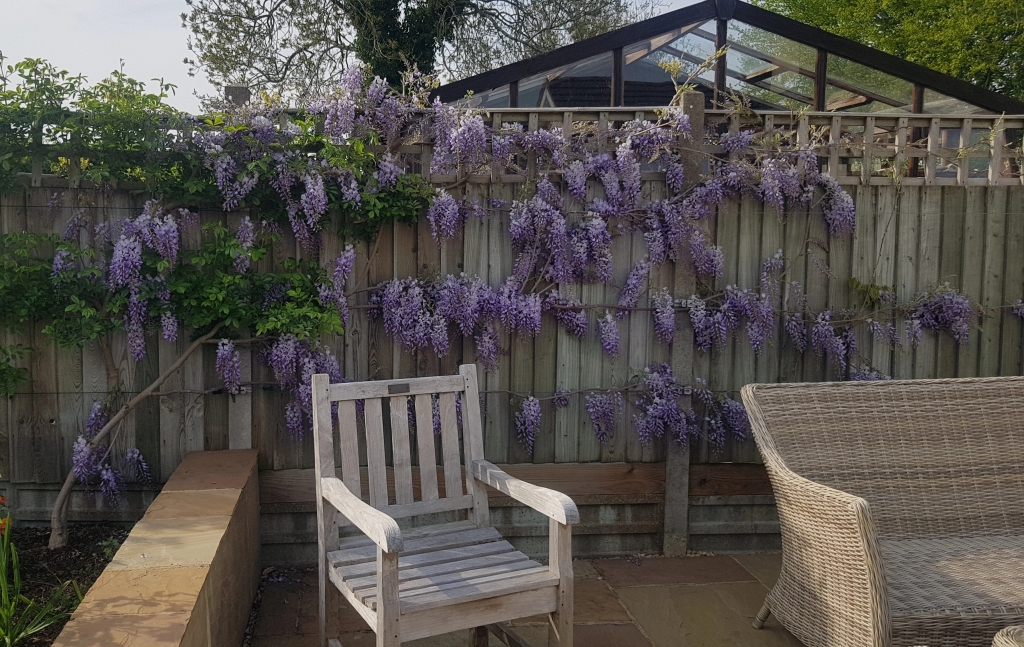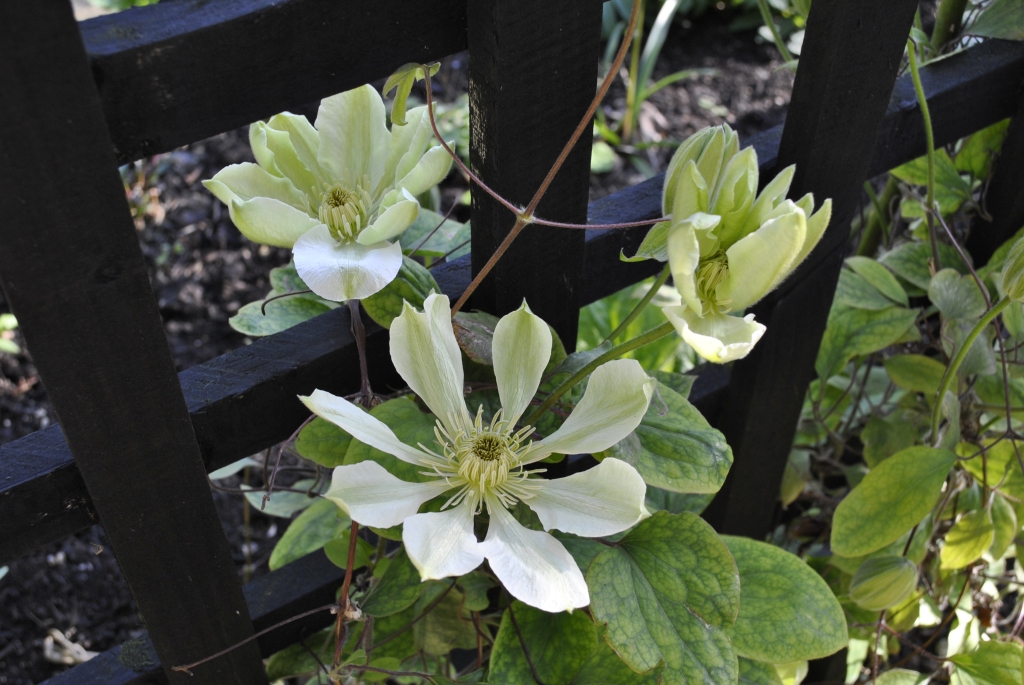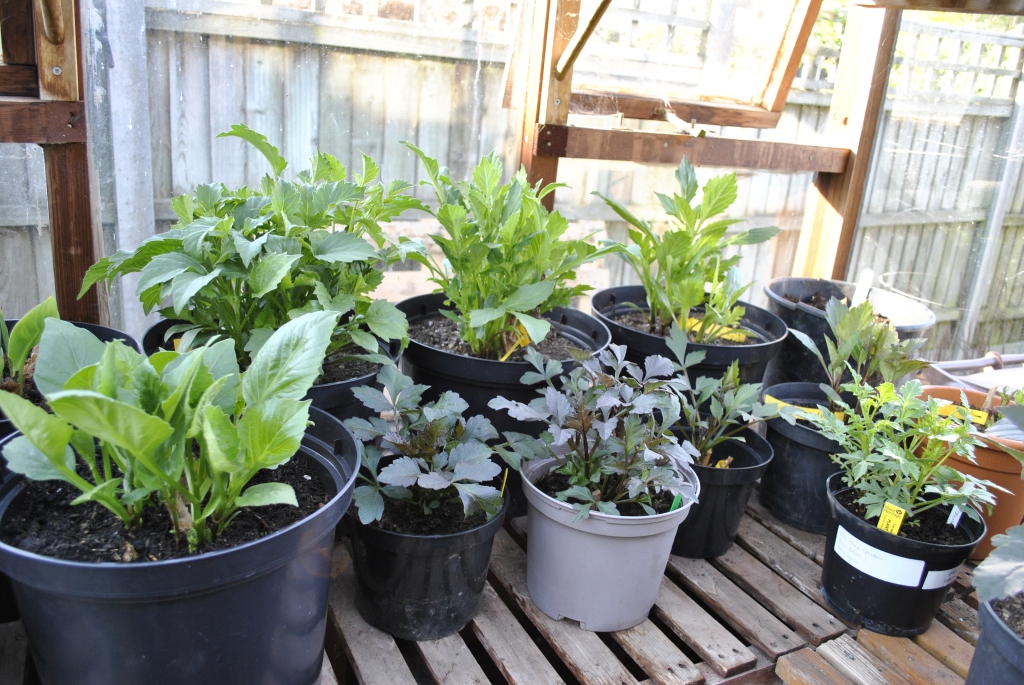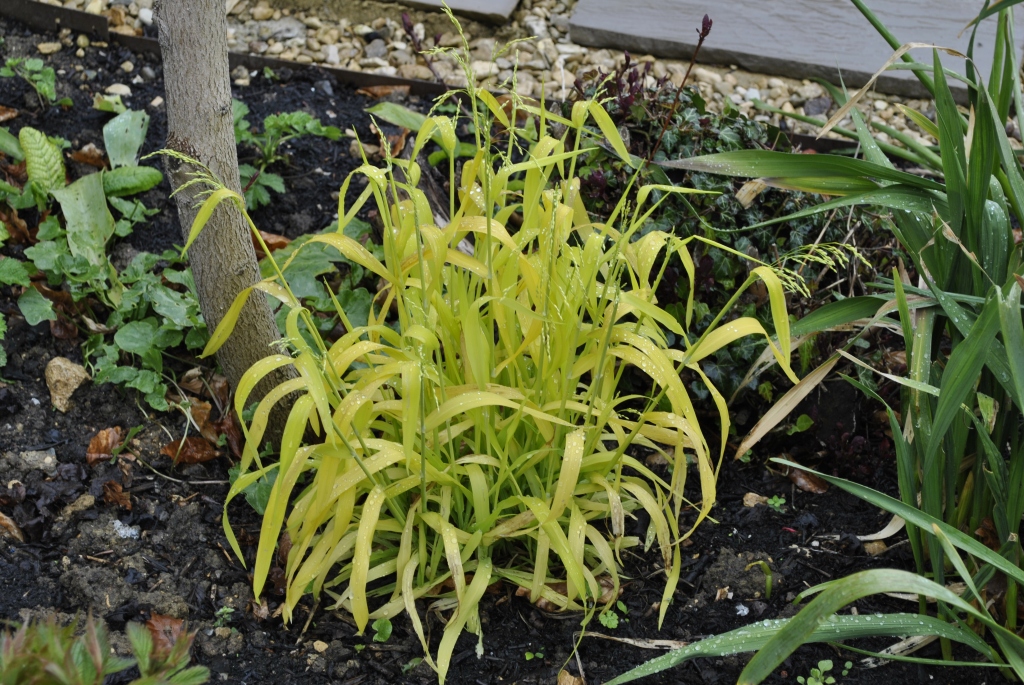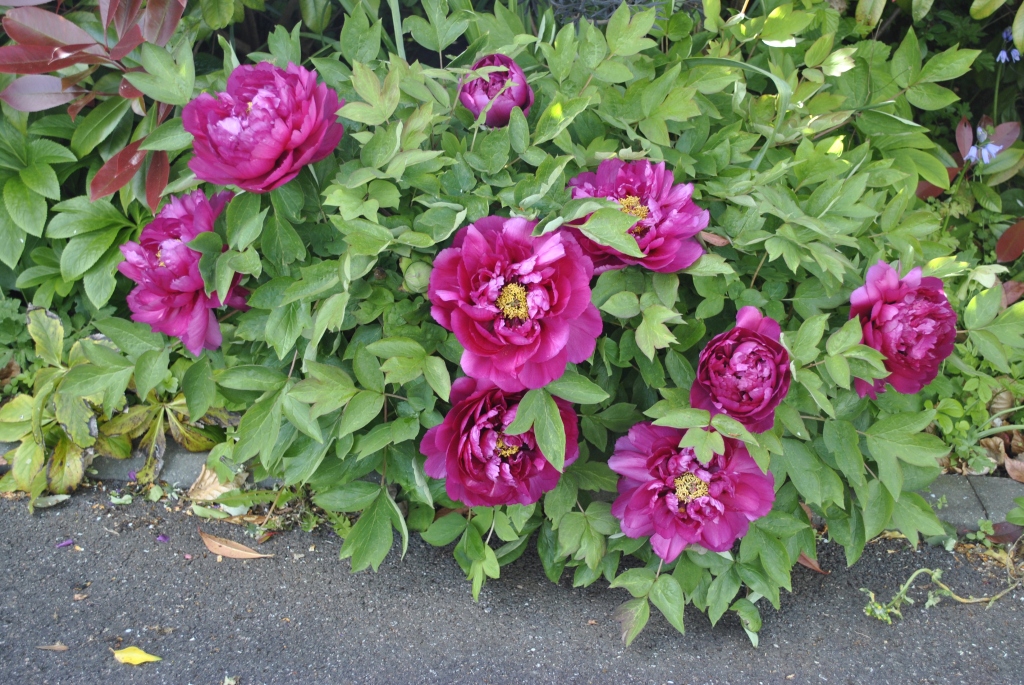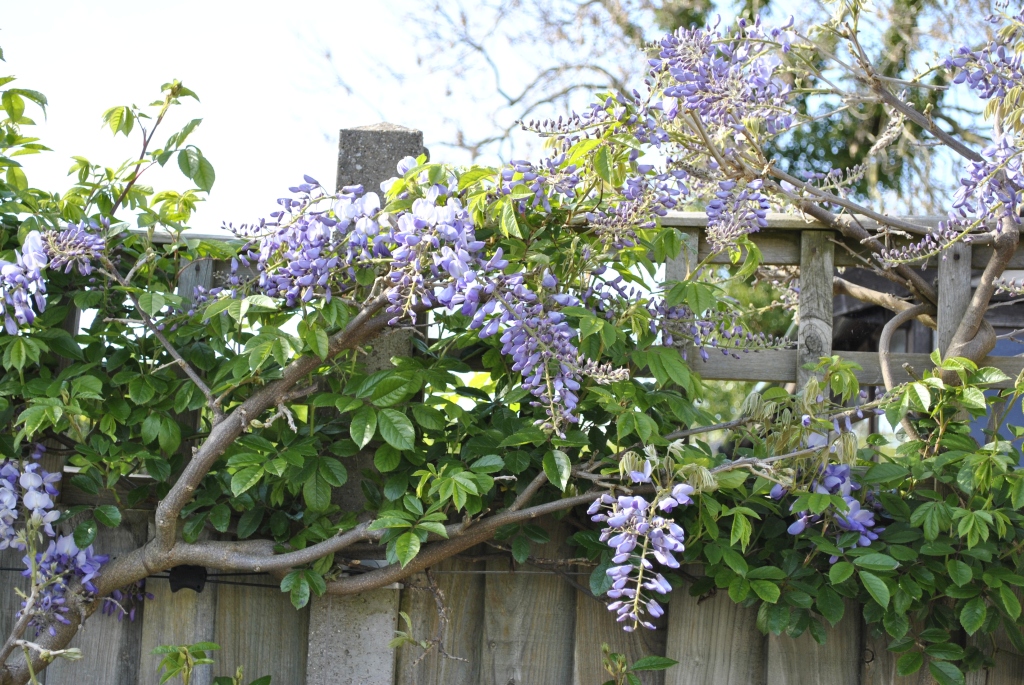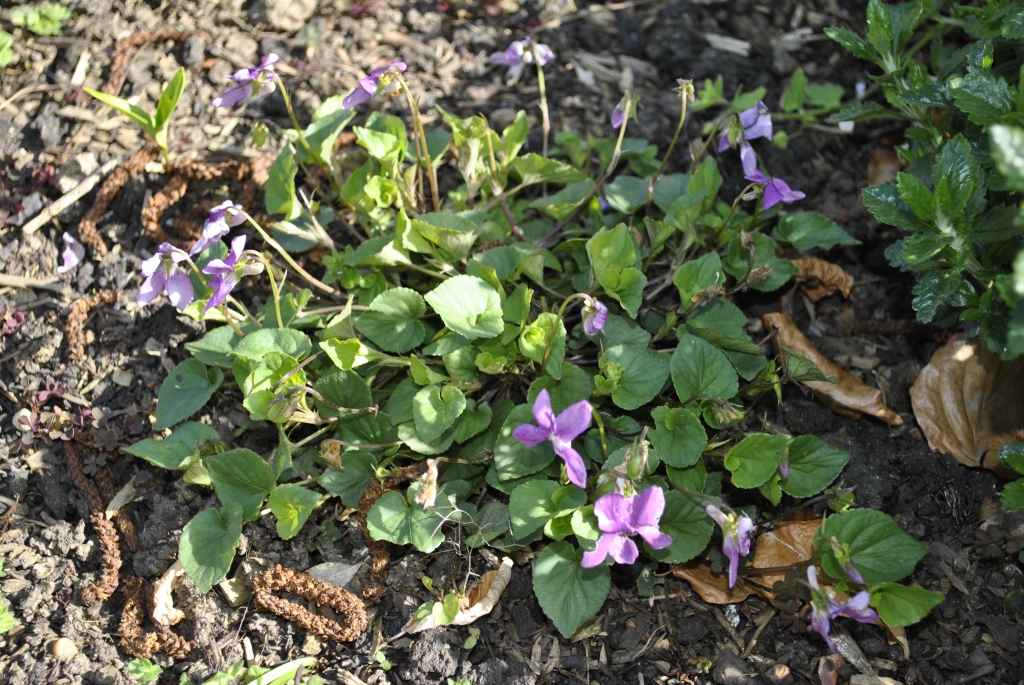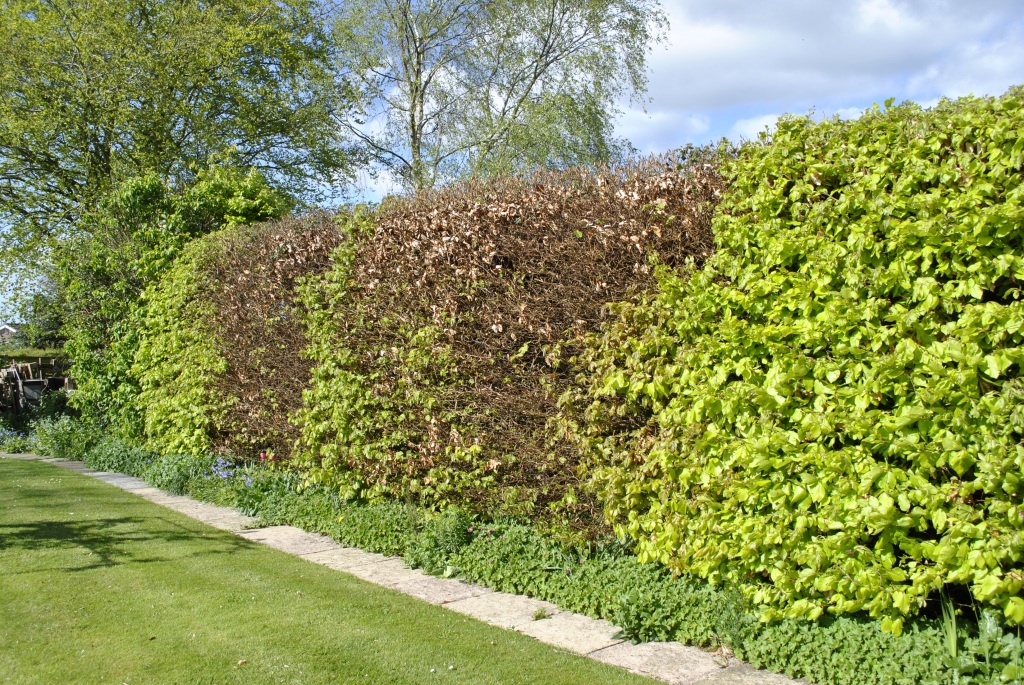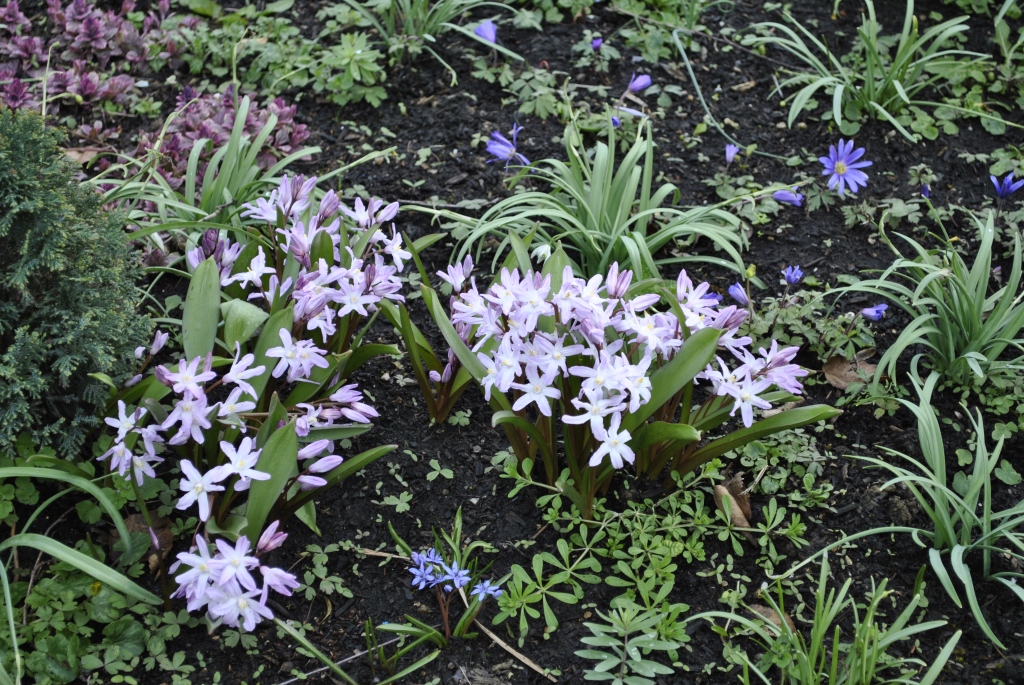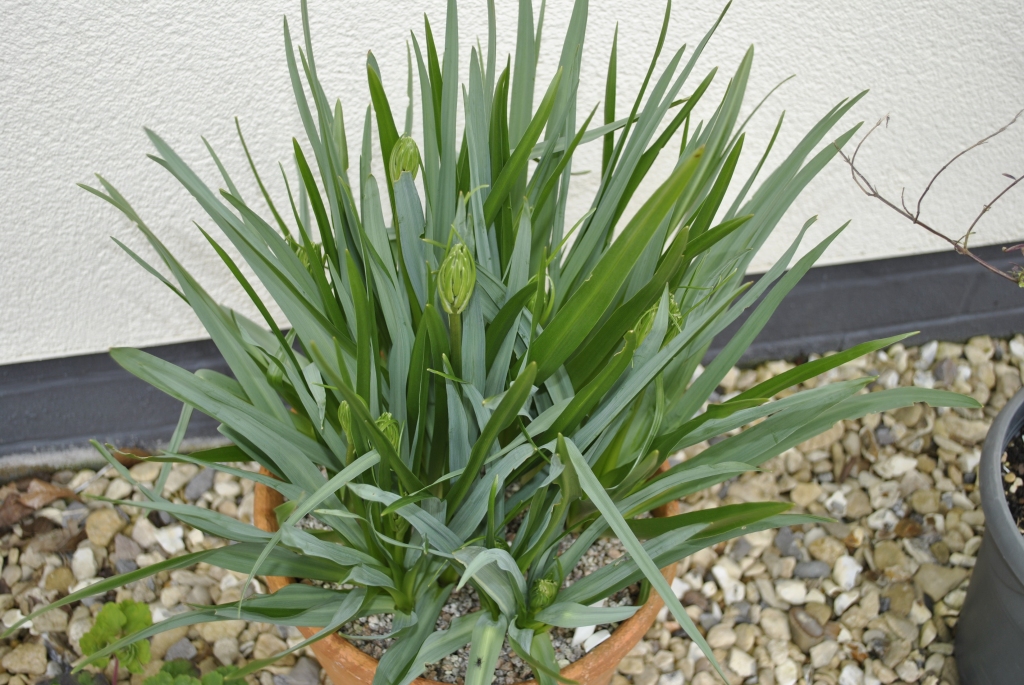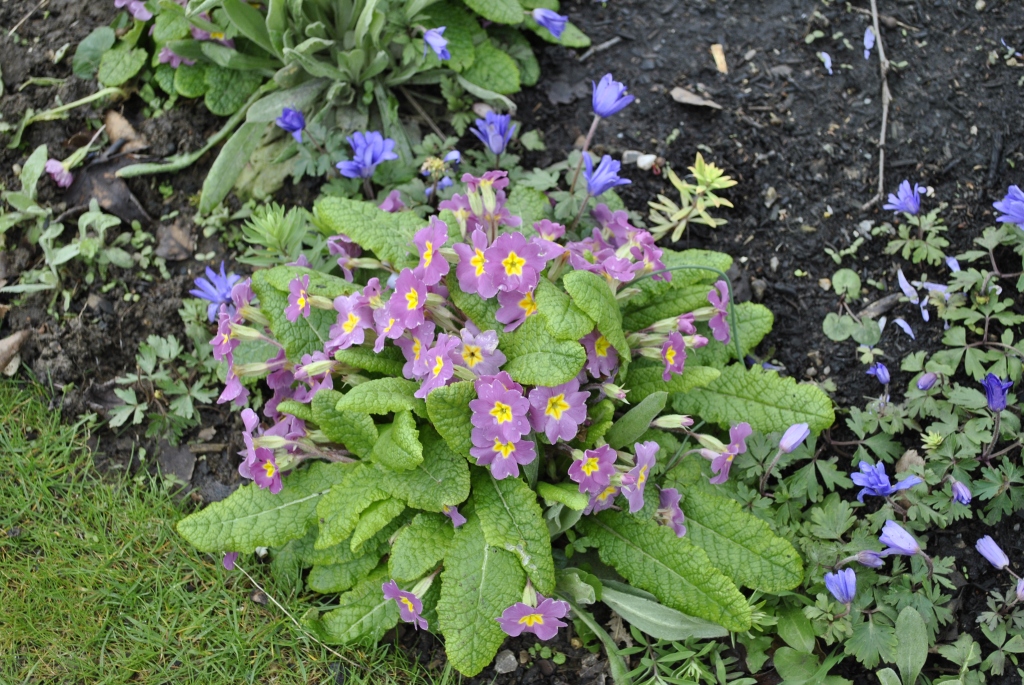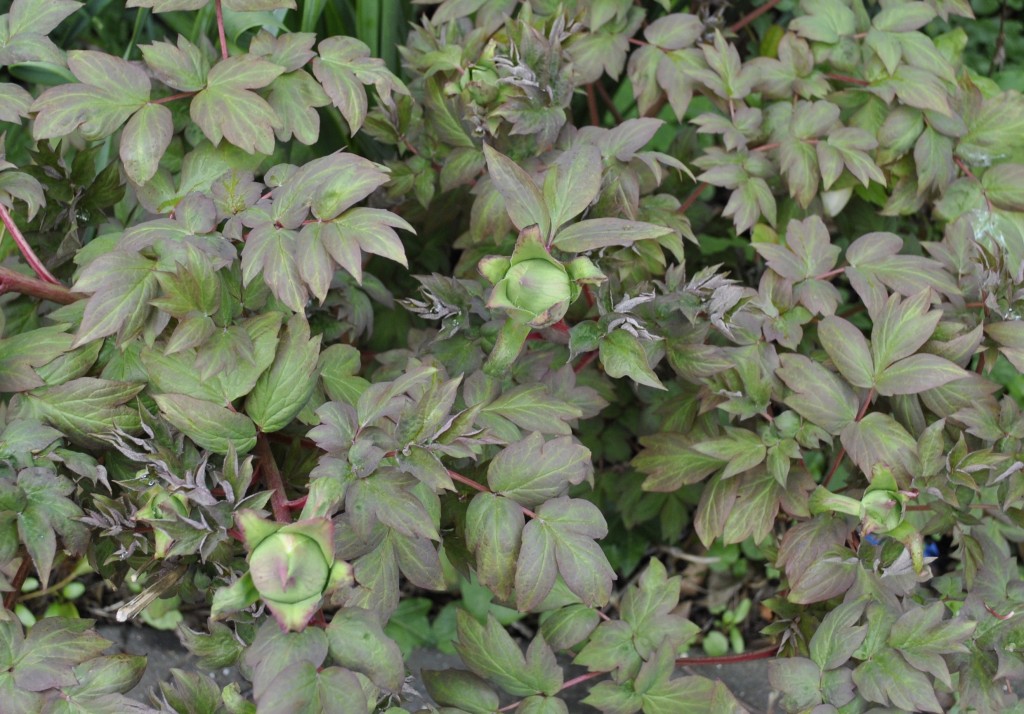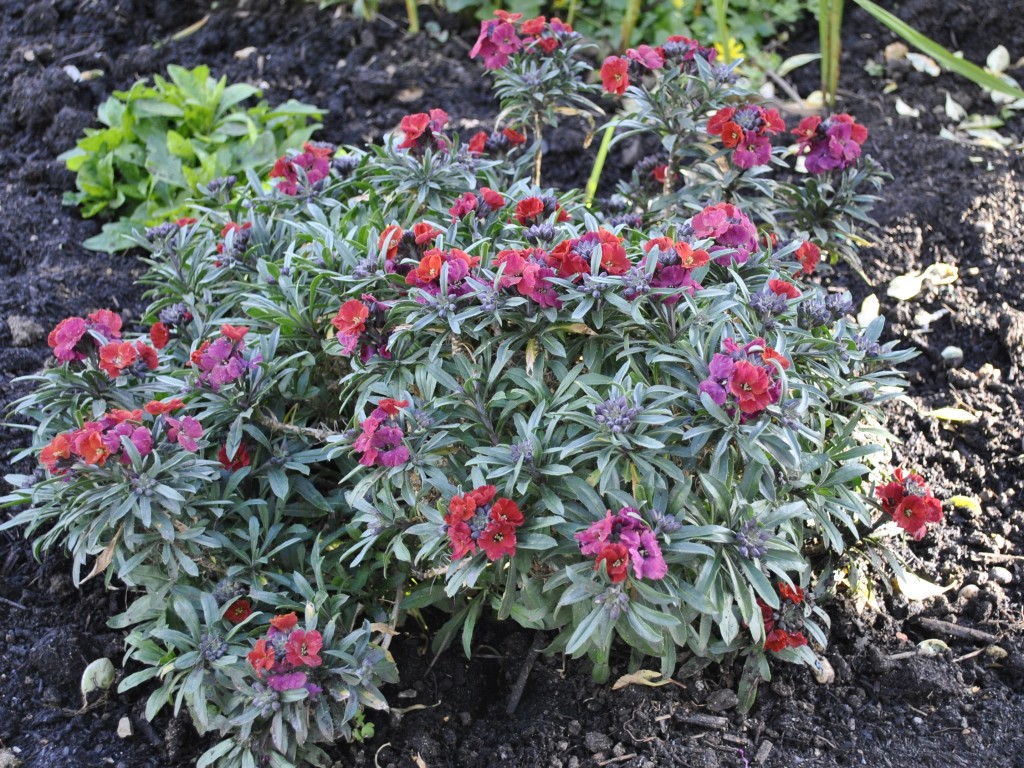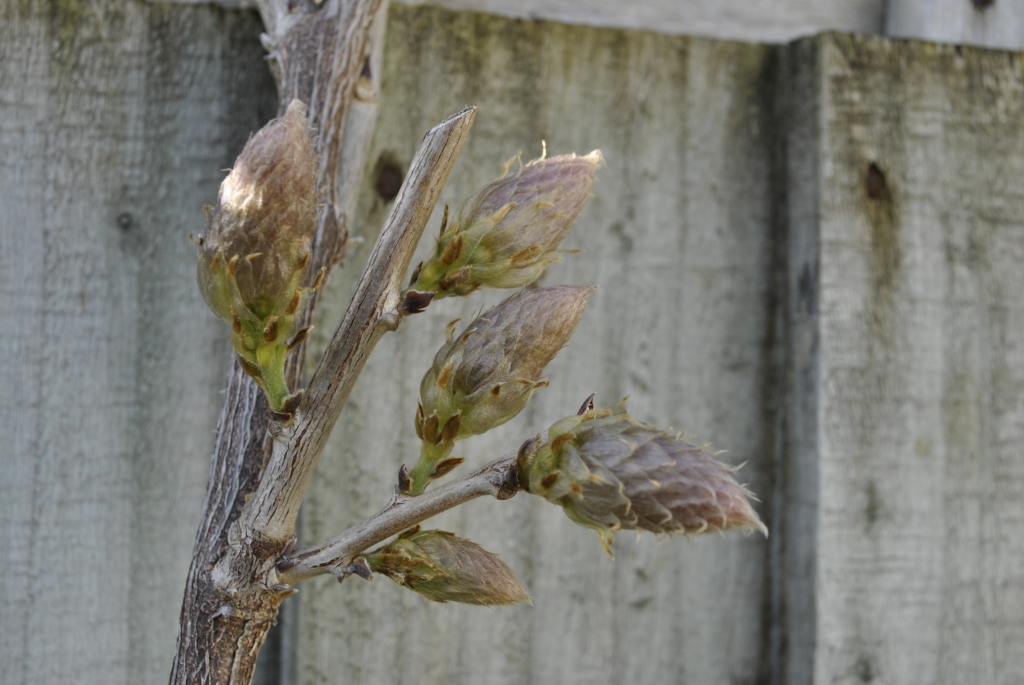
I want to start by thanking all those who helped me with my media storage issue last week. Deleting all the pre-2020 images in the WordPress media library has resulted in 2.4GB of free space, and by resizing images by 10-50%, the quality does not seem to be overly compromised and it means I can continue with the blog without additional storage costs. As many followers have said, realistically, how many people stumble across older posts anyway? My stats would suggest….not many!
The image of Wisteria sinensis ‘Prolific’ above has been reduced to 90% of it’s original size, but this has resulted in a massive drop from 4.3MB to 1.9mb without any discernible loss of quality. The Wisteria is already beginning to suffer from the cold nights and chilling wind we have experienced recently, so this is the last shot for this year. Can you smell the fragrance though?!

I suffer one or two clumps of ‘Spanish’ Bluebells where I think they have a positive effect, and these very dark ones add a splash of colour to an otherwise green scene at the moment. However, as soon as the flowers go over, up they come! As I mentioned to Jim a few weeks ago, these are not the true Spanish Bluebell, Hyacinthoides hispanica, but a hybrid called Hyacinthoides × massartiana which accounts for the huge disparity in colour forms. I even have white and pink ones! Apparently, there are now no true Spanish Bluebells in the UK, they have just left us their hybrid offspring. Of course, in Scotland, Bluebells are an entirely different thing!

A landscape image of the rear garden where I keep the Tradescantia National Collection and this was just to see what effect size reduction had on it. Not as clear and sharp as the original but an 75% saving in storage size from 4.3MB to 1.1MB, so well worth it.
The hardy Tradescantias all survived the relatively mild winter and have loved all the rain. I have been lifting and dividing them for plant sale donations, plus heirs & spares as insurance against losses. However, in 4 years, I have only lost one plant out of 55, so they are tough!



Philadelphus coronarius ‘Aureus’, the Mock Orange with brilliant yellow foliage, is looking splendid at the moment with lots of flower buds forming. However, it doesn’t do well in full sun with the leaves turning brown and ‘sunburnt’ later in the summer. I will chop this one back hard after flowering as it is outgrowing its spot. A great centrepiece at this time of year though, it positively shines.

My scruffy old lean-to red cedar greenhouse has been an essential part of my gardening for the past 15 years and was a good decision even though, as all the books tell you, it is never big enough! It has been my sanctuary on wet days, my excuse for not doing heavy work if I am feeling a bit low, and a great place to listen to the radio. My homemade propagator with its heating cable under a bed of sand whose thermostat broke years ago; the shelving brackets from Ikea holding slatted shelves made from old roofing battens, and the windows which now have to be propped open because the automatic openers died ten years ago; these are the things we just put up with. I wish I had kept a record of the thousands of plants grown from seeds & cuttings, brought on from mini-plugs, and overwintered as tender perennials and tubers. It has been a good friend, and now needs a good clean!

Finally, for anyone looking for a good dark tulip that comes back year after year, I can definitely recommend ‘Queen of Night’. These were planted 7 years ago after growing in a container for a year and have multiplied by at least 100%. Admittedly, they are in a bed in the back garden which gets baked hard in summer and never watered, which is what they get in their natural habitat, but they seem to thrive on that neglect.
Well, that’s my six for this week. Photos reduced in size and none the worse for it.
Thanks again to my fellow bloggers for their help and advice. It was much appreciated.
Have a great weekend
David

